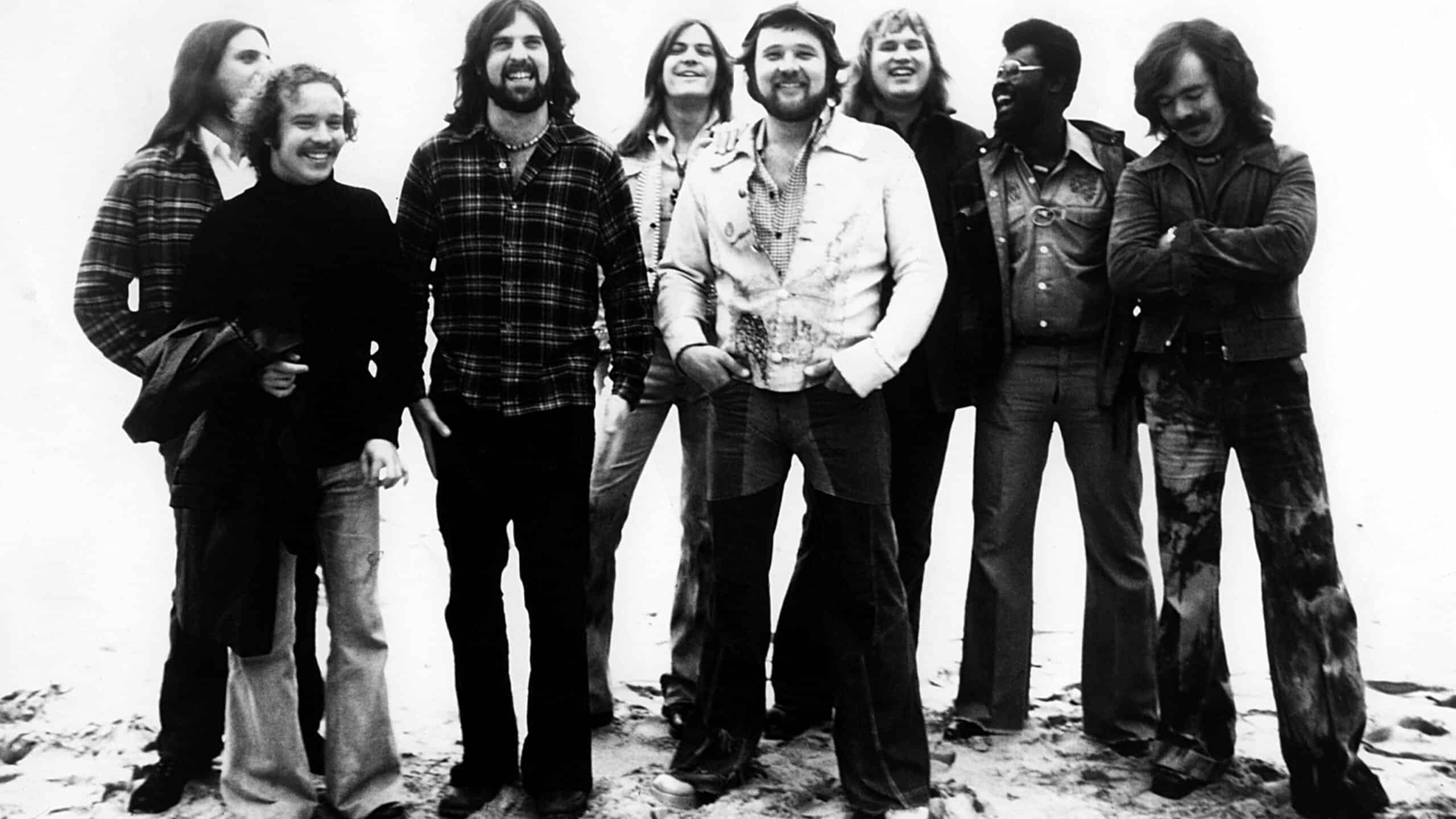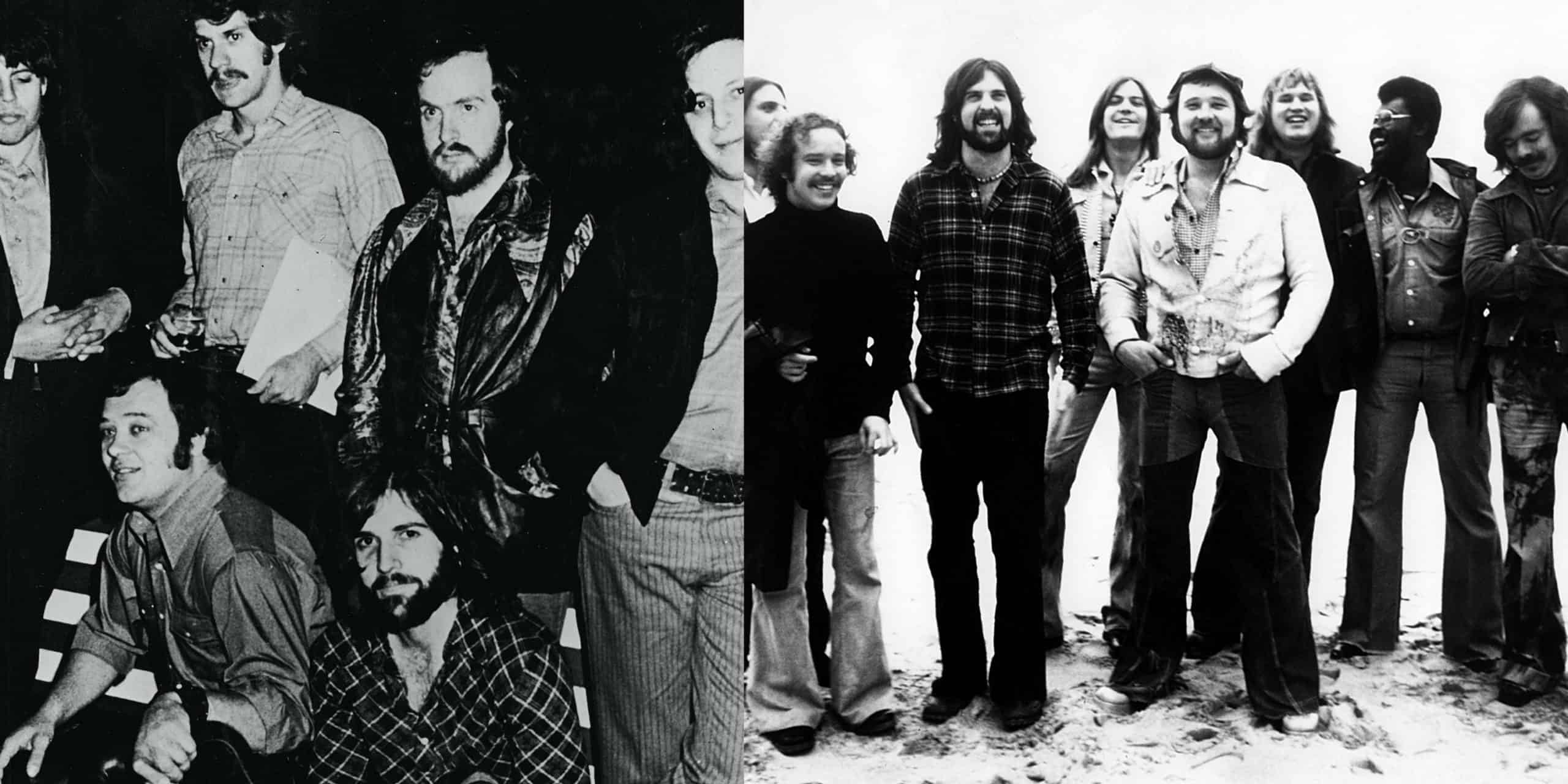“What the hell happened to Blood, Sweat & Tears?” is a recently-released documentary by John Scheinfeld. According to this slightly cantankerous documentary, the band Blood, Sweat & Tears had to deal with the unanticipated effects of its poor choices, which got them caught in the political turmoil and eventually dismantled the group.
Blood, Sweat, and Tears (BS&T) is a jazz-rock group from New York City formed in the late 1960s. Al Kooper, a former member of the blues-rock band The Blues Project, lead the founding stone of the band. Kooper gathered a collection of musicians with backgrounds in jazz, rock, and classical music to create a distinct sound that fused various genres.
What affected the band’s popularity?
By the mid-1970s, the band’s popularity had significantly waned and eventually dissolved. Although several other artists continued to perform under the band’s popular name, the original band members were long gone, and the band broke up.
The significant decline of the band was attributed to several factors. The band went through numerous changes over the years. Members came and left, and this significantly impacted the band’s popularity.
The band was also a part of the U.S. State Department’s long-running Cultural Presentations Program—the program aimed at sending American musicians worldwide to spread cultural influence and a redeeming message of freedom.
The only problem was that 1960s rock culture was propelled by a rising antipathy for the Vietnam War and its main supporters, Lyndon Johnson, who was forced out by protests, and then Richard Nixon, who exacerbated the fight when he was elected in 1968 despite pledges to the contrary.
The band was also involved in a serious media lynching and faced a tough tussle between the Left and Right Wings. Though some people strongly supported the band members’ stand against war waging, others opposed their stance, ultimately leading to their unpopularity.
In the future, the band was also signed by Michael Lang and Artie Kornfeld to appear and perform in front of their fans at Woodstock. However, their then-manager prevented them from appearing, which was another hit to the band’s popularity. The band also came under the heat for constantly performing in Las Vegas and ignoring other places, thus upsetting fans.
The band faced constant chopping and changing of its members. This is also attributed to the bad members having different political views. Conflicts between members, usually leftists and rightists, eventually affected their performances. The media also had a significant part in presenting the band in a bad stance, often putting them in political conflicts and making them a hot topic for the news.
The turmoil faced by the band can also be seen in the recent release, “What Hell Happened To Blood, Sweat And Tears?”, a film that talks about the issues that plagued and eventually led to the downfall of a once popular band.

All About the Blood, Sweat & Tears:
Blood, Sweat, and Tears (BS&T) was a popular nine-piece jazz-rock group. Kooper was on keyboards, Jim Fielder on bass, Bobby Colomby on drums, Steve Katz on guitar, Fred Lipsius on saxophone, Randy Brecker on trumpet, and Jerry Weiss on trumpet in the original lineup.
The band’s debut album, “Child Is Father to the Man,” was released in 1968 and included an avant-garde combination of jazz, rock, and classical music. Despite critical praise, the record failed to reach financial success. Soon after the album’s release, Kooper quit the band, and David Clayton-Thomas was hired as the band’s new lead vocalist.
BS&T achieved its greatest success with Clayton-Thomas as the frontman. Their second album, “Blood, Sweat, and Tears,” was released in 1969 and was an instant success. The hit singles included “You’ve Made Me So Very Happy,” “Spinning Wheel,” and “And When I Die.” The album received three Grammy nominations, including Album of the Year.
Their distinctive combination of jazz, rock, and soul music was why they swiftly acquired fame in the late 1960s and early 1970s. They were recognized for their intricate compositions, horn usage, and Clayton-Thomas’ strong vocals.
How are Blood, Sweat, and Tears now?
Despite multiple lineup changes, Blood, Sweat, and Tears has kept faithful to its beginnings, including jazz, rock, and soul elements in its music. Its vibrant live presentations continue to captivate audiences, and the band’s music inspires and influences new generations of musicians.
Also Read: What Happened To Lauren Mccluskey? The College Athlete Who Died





